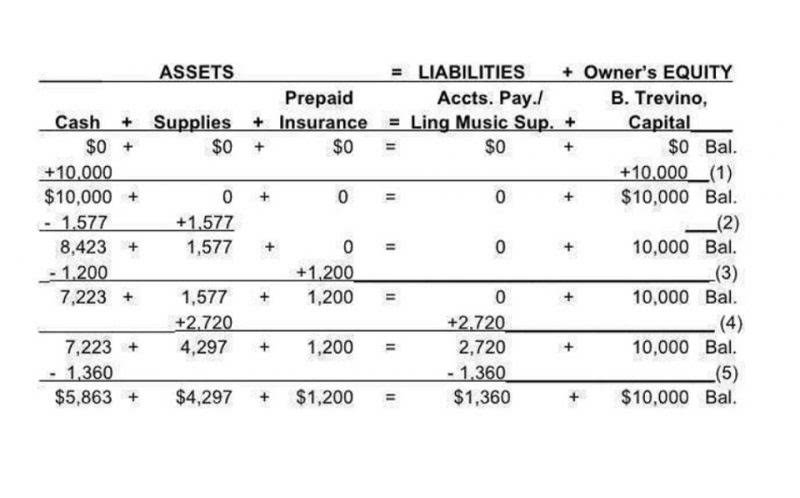
Accordingly, the per-unit cost of manufacturing a single packet of bread consisting of 10 pieces each would be as follows. Important NoticeThe information contained in this article is general in nature and you should consider whether the information is appropriate to your needs. Legal and other matters referred to in this article are of a general nature only and are based on Deputy’s interpretation of laws existing at the time and should not be relied on in place of professional advice. The Revenue is the sales made from all coffees sold in March which is $10,000. A negative Contribution Margin Ratio typically sounds the alarm for a failing product line or pricing strategy.

Chemical Industry: Preventive Maintenance & Reliability
- It’s calculated by dividing the contribution margin by total sales.
- The contribution margin tells us whether the unit, product line, department, or company is contributing to covering fixed costs.
- Management must be careful and analyze why CM is low before making any decisions about closing an unprofitable department or discontinuing a product, as things could change in the near future.
- In other words, 20% of this company’s profits are used for variable costs per unit.
- It is used in target profit and break-even analysis and can be used to quickly estimate the effect on profits of a change in sales revenue.
We asked Jakob Boelens, one of our founders and senior partners of the company, to share his top five of 25 years in business. The benchmark for Preventive Maintenance (PM) versus Corrective Maintenance (CM) ratio is often used and best practice is usually set at 70-30%. Again business context or differences in definitions can influence that number.
Understanding Weighted Average Contribution Margin Ratio

Fixed costs are often considered sunk costs that once spent cannot be recovered. These cost components should not be considered while making decisions about cost analysis or profitability measures. Another common example of a fixed cost is the rent paid for a business space. A store owner will pay a fixed monthly cost for the store space regardless of how many goods are sold. Next, the CM ratio can be calculated by dividing the amount from the prior step by the price per unit. We’ll next calculate the contribution margin and CM ratio in each of the projected periods in the final step.
Contribution Margin Ratio: What is it and How to Calculate it
The contribution margin ratio (CM ratio) is an important financial metric that shows how a company’s sales affect its profitability. It reflects the portion of each dollar of revenue that is available cm ratio to cover fixed costs and contribute to net profit after variable costs have been paid. The contribution margin is a profitability metric that measures how selling a particular product affects a company’s operating income. It is calculated as the selling price per unit, minus the variable cost per unit. In other words, it signifies the ‘contribution’ each unit of a product makes to the company’s profits once the variable costs – costs that change in proportion to the volume of goods produced – have been covered. For instance, a high Ratio indicates that a significant portion of sales revenue contributes to covering fixed costs and generating profit.
Solutions and Services
When launching a new product, managing costs, or analyzing performance across products or departments, the ratio helps to determine which offerings are most profitable. It also supports short-term decision-making by focusing on variable costs and showing how much revenue remains to contribute to fixed costs and profit. While contribution margin is expressed in https://www.bookstime.com/articles/predetermined-overhead-rate a dollar amount, the contribution margin ratio is the value of a company’s sales minus its variable costs, expressed as a percentage of sales. However, the contribution margin ratio won’t paint a complete picture of overall product or company profitability.

This is because the breakeven point indicates whether your company can cover its fixed cost without any additional funding from outside financiers. On the other hand, net sales revenue refers to the total receipts from the sale of goods petty cash and services after deducting sales return and allowances. This means the higher the contribution, the more is the increase in profit or reduction of loss. In other words, your contribution margin increases with the sale of each of your products. Now, the fixed cost of manufacturing packets of bread is $10,000. Thus, the total manufacturing cost for producing 1000 packets of bread comes out to be as follows.

Contribution Margin Ratio: Definition, Formula, and Example

In such cases, the price of the product should be adjusted for the offering to be economically viable. The companies that operate near peak operating efficiency are far more likely to obtain an economic moat, contributing toward the long-term generation of sustainable profits. Thus, to arrive at the net sales of your business, you need to use the following formula.